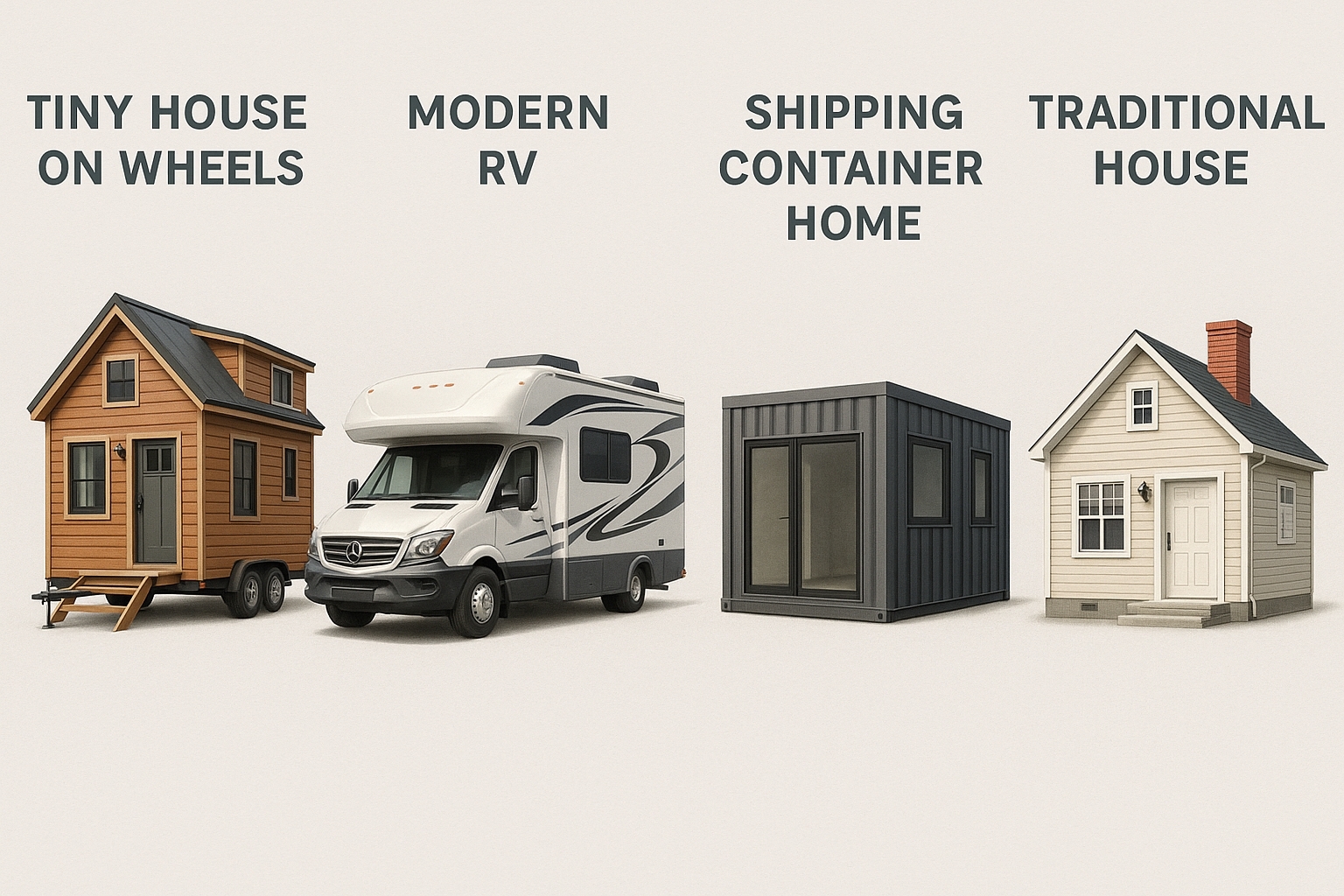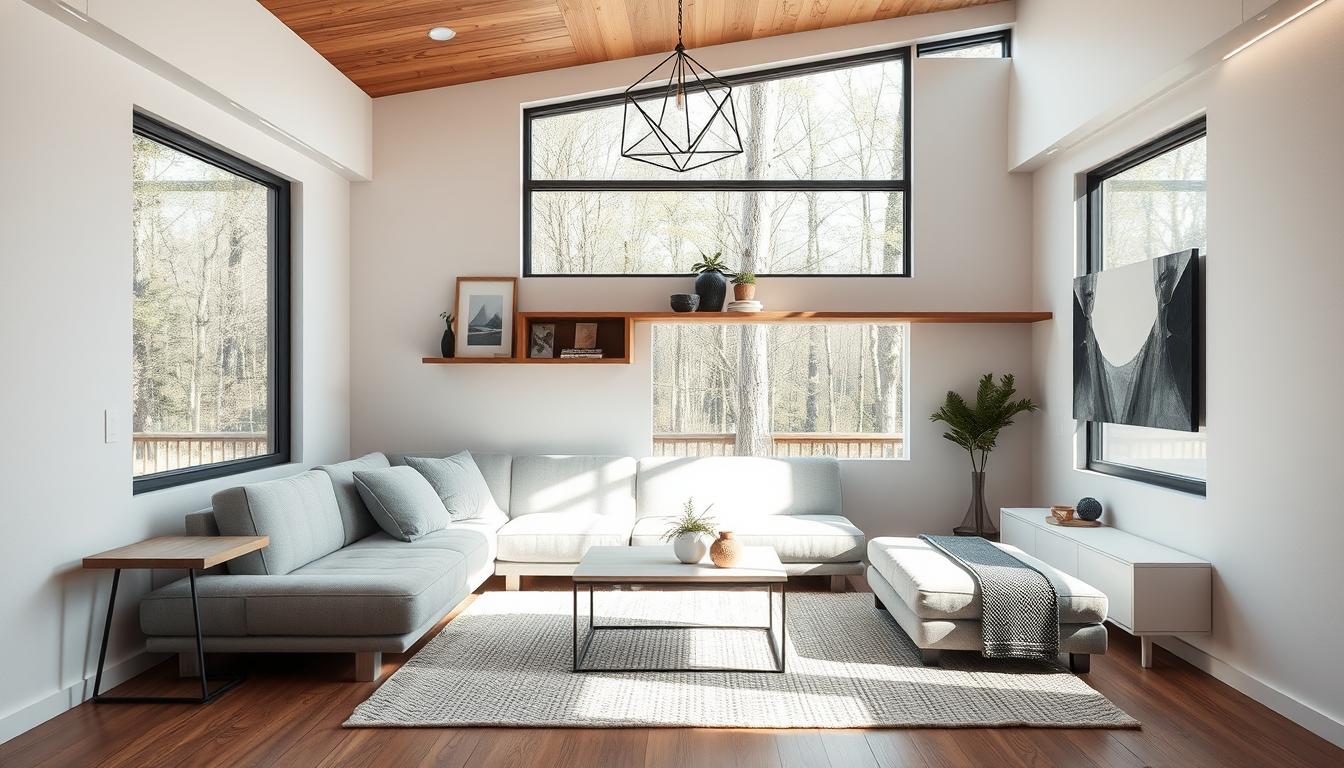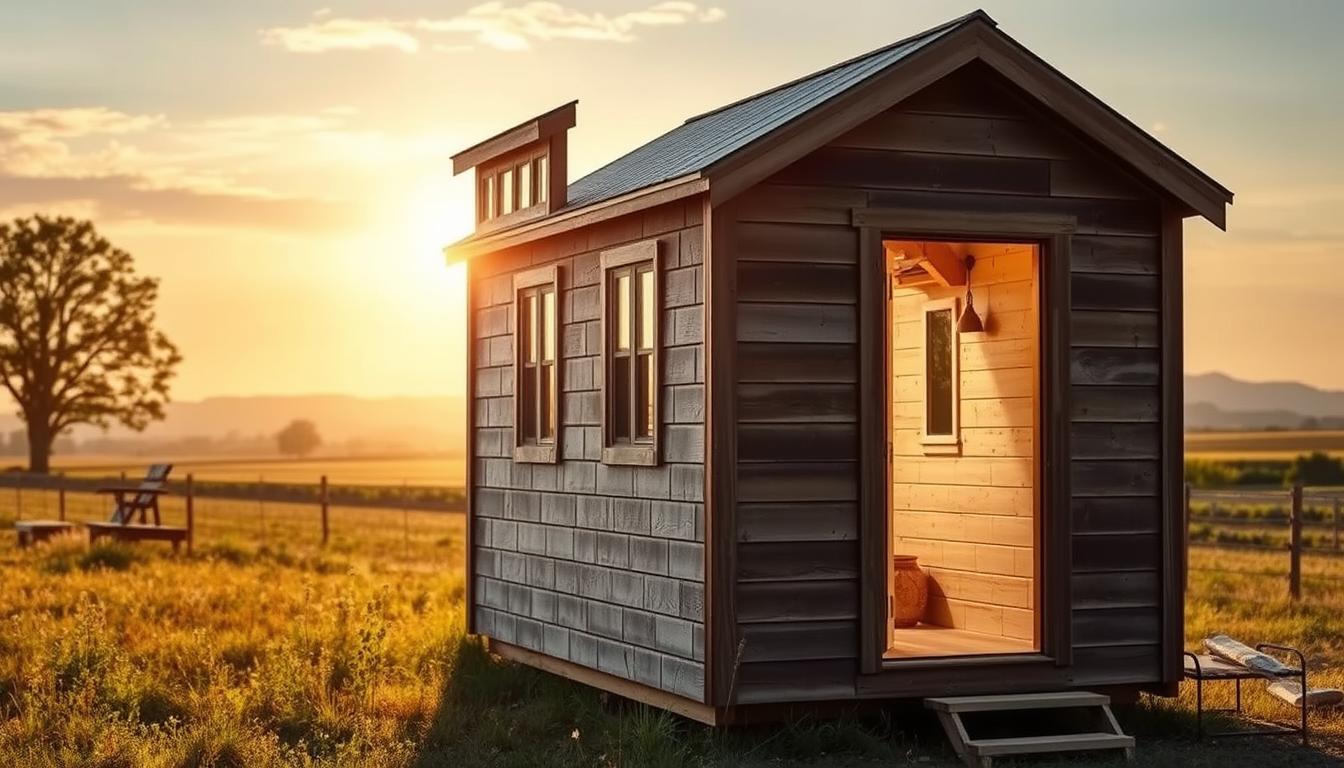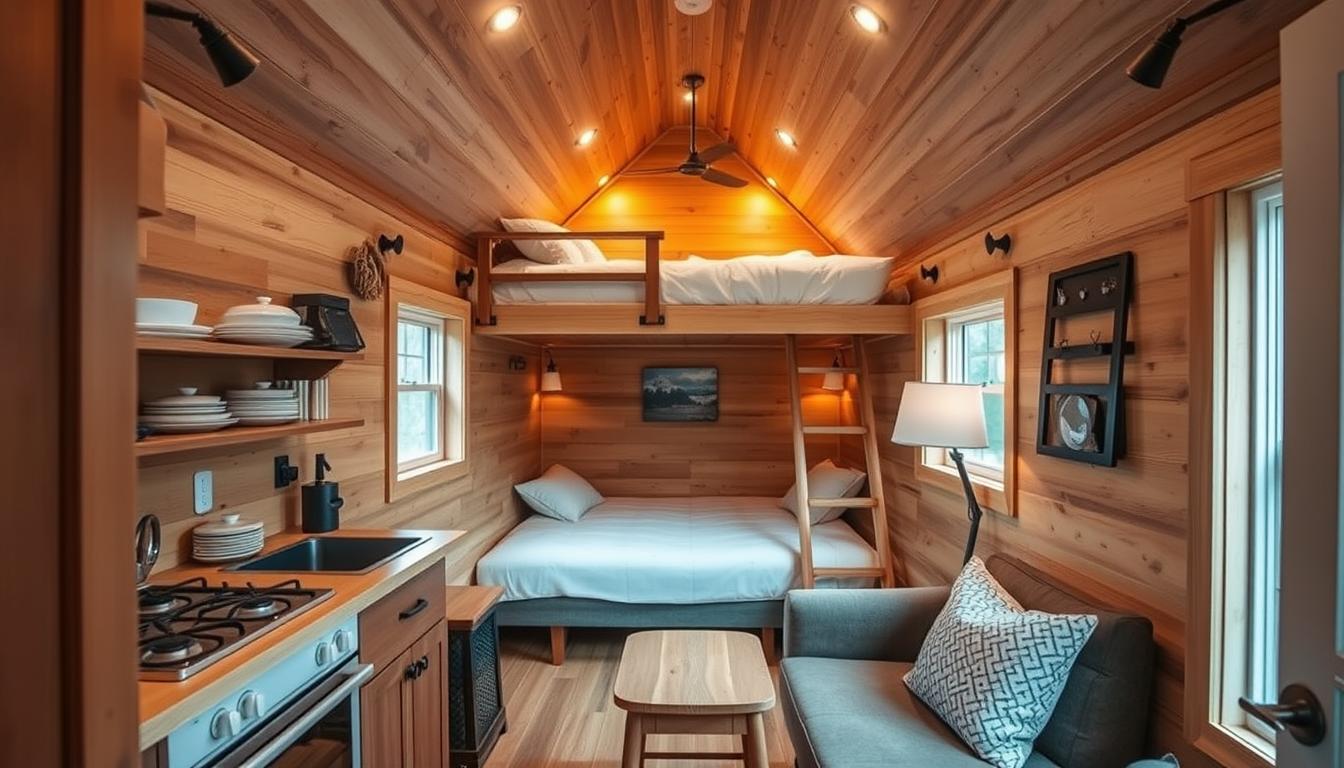The allure of building the shipping container home of your dreams is undeniable. The appeal lies not just in the uniqueness of the concept but also in the promise of cost-effectiveness and environmental benefits. However, the path to achieving this dream is fraught with challenges and learning curves that many do not anticipate. In this comprehensive guide, we’ve gathered insights from 23 shipping container home owners to share the crucial lessons they learned through their own building experiences. This article aims to equip you with the knowledge and insights necessary to navigate your shipping container home project with greater ease and confidence.
Building Your Dream Shipping Container Home: What You Need to Know
You will learn: – The importance of not rushing the design process from experienced shipping container home owners. – Insights from 23 shipping container home owners about what they wish they had known before building their homes. – Tips on avoiding common pitfalls in the building process.
Why Choose Shipping Containers?
Shipping container homes have surged in popularity for several reasons. These robust steel boxes offer a unique blend of durability, flexibility, and sustainability that traditional building materials struggle to match. The idea of repurposing these containers, which would otherwise sit unused, aligns with a growing societal push towards environmentally conscious living. Moreover, their modular nature allows for a level of creativity and personalization in design that can be hard to achieve with standard construction methods.
Benefits of Investing in a Shipping Container

Investing in a shipping container for your home comes with a host of benefits. The speed of construction is significantly quicker than conventional methods, given the primary structure is already in place. The inherent strength of shipping containers also means your home can withstand harsh weather conditions better than many traditional homes. Additionally, the mobility of shipping containers offers a unique advantage; your home can be moved to different locations if needed. From an environmental perspective, the use of shipping containers as living spaces is a form of recycling, reducing the demand for new construction materials and minimizing waste.
Steps to Building a Shipping Container Home
Planning and Compliance with State and Local Laws
Before you dive into the construction of your shipping container home, it’s imperative to thoroughly plan your project and ensure compliance with all relevant state and local laws. This step can be more complex than it seems, as regulations around shipping container homes can vary significantly by location. Some areas may have restrictions on the use of containers as building materials, while others may require special permits.
Choosing a Shipping Container
Not all shipping containers are created equal. When selecting your container, it’s essential to consider factors such as size, condition, and history. New (one-trip) containers may offer a cleaner slate for your project, but used containers can be significantly cheaper and more environmentally friendly, provided they are in good condition.
Obtaining Approval for the Project and Preparing the Construction Site
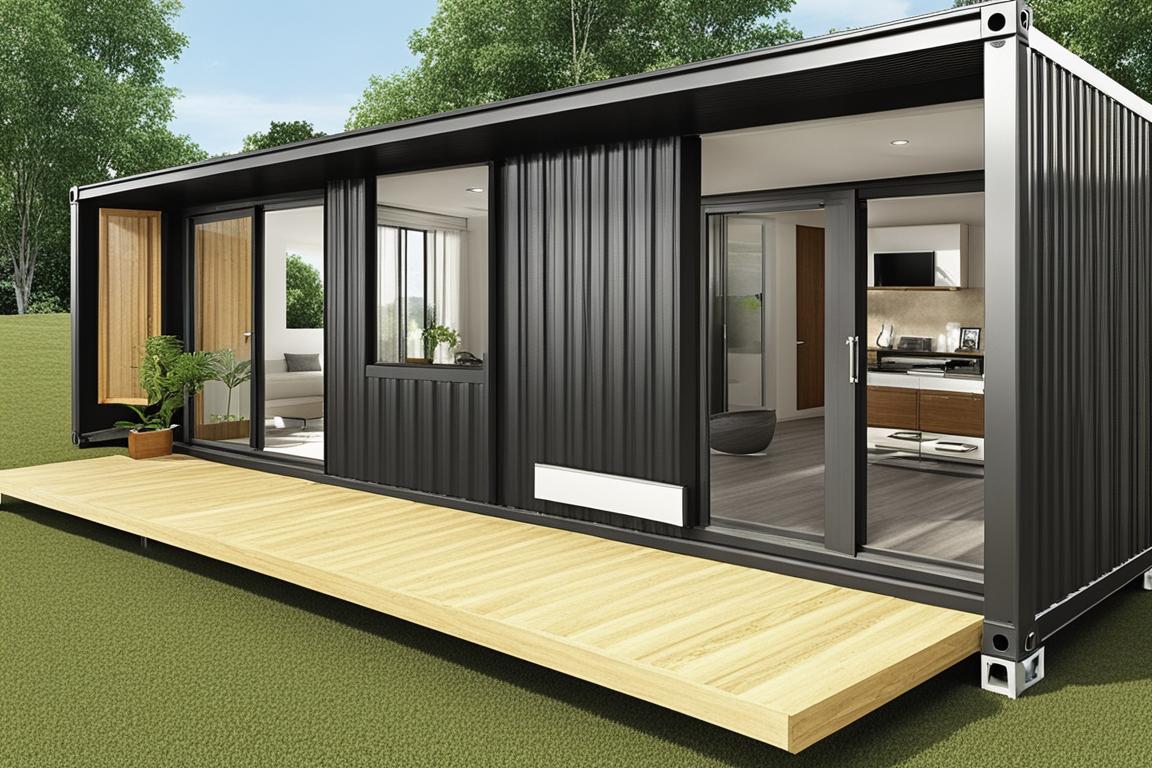
Obtaining approval for your shipping container home project involves navigating the permitting process, which can vary widely depending on your location. This step is crucial to avoid any legal issues down the line. Once approval is secured, preparing your site for construction includes ensuring the land is level, stable, and suitable for your foundation.
Installation
Installation is a critical phase where your shipping container transforms from a steel box to a livable space. This process involves placing the container on its foundation, cutting openings for doors and windows, and adding reinforcements as needed. The complexity of installation can vary based on your design and the condition of your container.
Interior Design and Customization
The interior design and customization of your shipping container home are where your personal style can shine. This phase allows you to tailor the space to your needs and preferences, whether that means an open-concept layout, compact living solutions, or incorporating eco-friendly materials and technologies.
Expert Advice and Considerations
The Importance of Proper Insulation and Moisture Control
One of the most critical pieces of advice from experts is the importance of proper insulation and moisture control. Shipping containers are made of steel, which can lead to condensation and thermal bridging if not properly insulated. Choosing the right insulation material and method is crucial to creating a comfortable, energy-efficient home.
24. Learning from Mistakes: A Shipping Container Home Journey
As a real estate enthusiast, I was excited to embark on the journey of building my own shipping container home. I was determined to create a sustainable and unique living space. However, in my eagerness to see my vision come to life, I made the mistake of rushing the design process.
The Consequences of Hasty Decisions
I neglected to thoroughly research the zoning regulations in my area, and as a result, I faced unexpected challenges during the construction phase. Additionally, I failed to consider the long-term maintenance requirements of certain design elements, leading to unforeseen costs down the line.
The Lesson Learned
Through this experience, I learned the importance of patience and thorough planning in the design phase of building a shipping container home. Taking the time to carefully consider all aspects of the design, from regulatory hurdles to practical maintenance, can ultimately save time, money, and frustration in the long run.
Considerations for Insulation, Moisture Control
In addition to choosing the right insulation, it’s essential to implement strategies for moisture control. This can include vapor barriers, dehumidifiers, and strategic ventilation systems to ensure your home remains dry and comfortable year-round.
Alternative Options
For those who might find the process of building from scratch daunting, prefabricated shipping container homes offer a convenient alternative. These homes are built off-site and delivered to your location, ready to be installed on a foundation. This option can significantly reduce the complexity and duration of the building process, though it may offer less customization.
Conclusion
The journey to building the shipping container home of your dreams is both exciting and challenging. While the environmental benefits and cost-effectiveness of shipping container homes are appealing, potential builders must be prepared for the complexities and nuances of this unique construction method. By understanding the importance of thorough planning, compliance, and expert advice on insulation and moisture control, you can navigate these challenges more effectively. With careful consideration and preparation, the dream of owning a shipping container home can become a rewarding reality, contributing to a more sustainable and creative approach to modern living.
Answers To Common Questions
Q.Who can help me design a shipping container home?
A.An experienced architect or a specialized design firm can assist you.
Q.What are the key steps to building a container home?
A.The key steps involve planning, obtaining permits, site preparation, and construction.
Q.How can I ensure my container home is structurally sound?
A.Hiring a structural engineer to assess and approve the design is crucial.
Q.What objections can arise when building a container home?
A.Some common objections include zoning restrictions and building code compliance.
Q.How can I make my container home energy-efficient?
A.Utilizing insulation, solar panels, and energy-efficient fixtures can help.
Q.What are the benefits of building a container home?
A.Benefits include cost-effectiveness, sustainability, and unique design opportunities.





